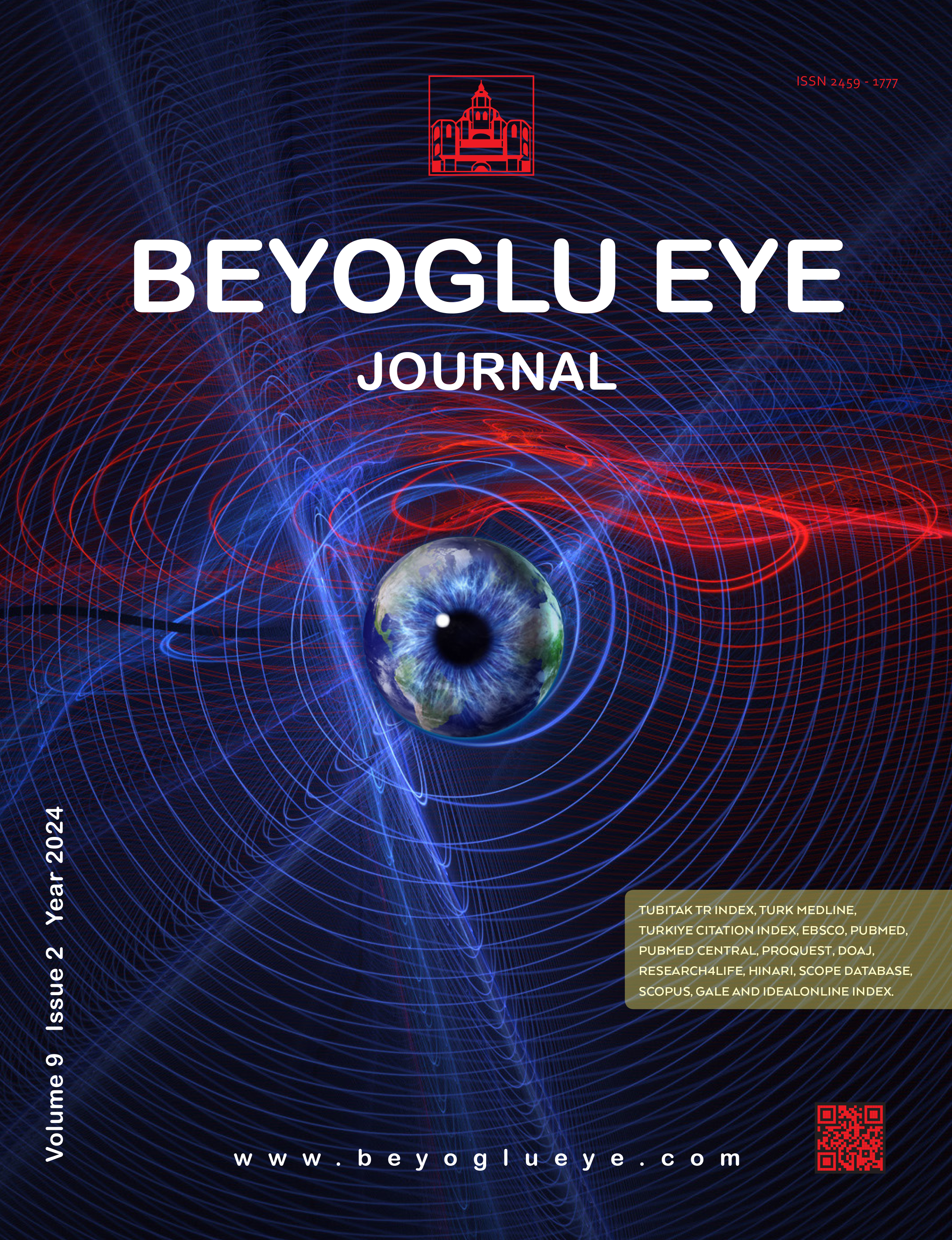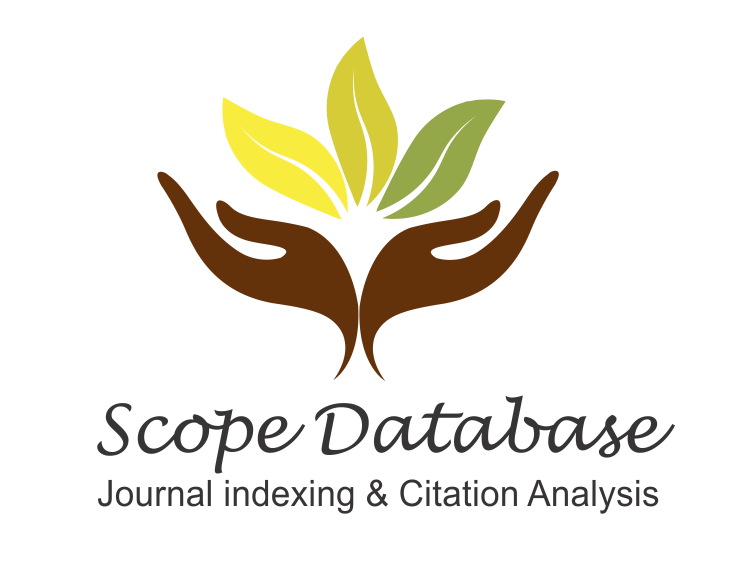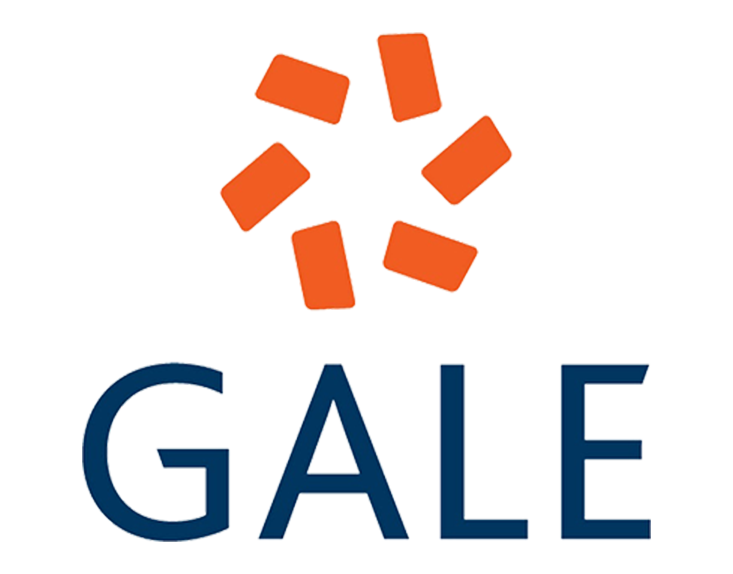
Treatment of Infantile Esotropia Comparison Between Botulinum Toxin A and Bilateral Medial Rectus Recession
Cagri Mutaf1, Bulut Ocak2, Asli Inal3, Leyla Hazar4, Birsen Gokyigit51Department of Ophthalmology, Harran University Faculty of Medicine, Sanlıurfa, Turkiye2Department of Ophthalmology, Dunya Eye Hospital, Istanbul, Turkiye
3Department of Ophthalmology, Beyoglu Eye Training and Research Hospital, Istanbul, Turkiye
4Department of Ophthalmology, Dicle University Faculty of Medicine, Diyarbakir, Turkiye
5Department of Ophthalmology, Yeni Yuzyil University, Istanbul, Turkiye
OBJECTIVES: The objective of the study is to evaluate the examination findings, treatment methods, and follow-up results of children diagnosed with infantile esotropia (IE) and to compare botulinum toxin A (BTA) and bilateral medial rectus (MR) recession surgery.
METHODS: We retrospectively reviewed the medical records of patients who were diagnosed with IE. The age of the patient and the angle of deviation were taken into account to determine the treatment. Patients who underwent bilateral MR recession surgery and BTA injection were analyzed and the BTA and surgical groups were compared. Successful cor-rection was defined as orthotropia and a deviation of up to 10 prism diopters (PD) after one surgical procedure or 13 botulinum injections.
RESULTS: Two hundred and forty-six patients with esotropia were included in the study. Twelve were followed up with re-fractive correction only. BTA injection was administered to 110 patients, while 124 patients underwent bilateral MR reces-sion. The age of the patients ranged from three to 39 months. Patients were followed for at least 6 months, with a mean follow-up of 24.3 months in the BTA group and 21.7 months in the surgical group (p=0.23). The mean pre-treatment angle deviation was 38.9 PD in the BTA group and 40.1 PD in the surgical group (p=0.62). The success rate for patients with more than 30 PD of deviation was 72% in the surgical group compared to 36% in the BTA group (p<0.001). No statistically significant difference in success rate was observed in patients with deviations <30 PD (surgery 62%, BTA 55%, p=0.26).
DISCUSSION AND CONCLUSION: Surgical treatment of IE was more successful than BTA injection in patients with large angle deviations (>30 PD). BTA injection can be considered as an alternative to surgery in cases of small to moderate angle deviations (<30 PD).
Corresponding Author: Cagri Mutaf, Türkiye
Manuscript Language: English
























